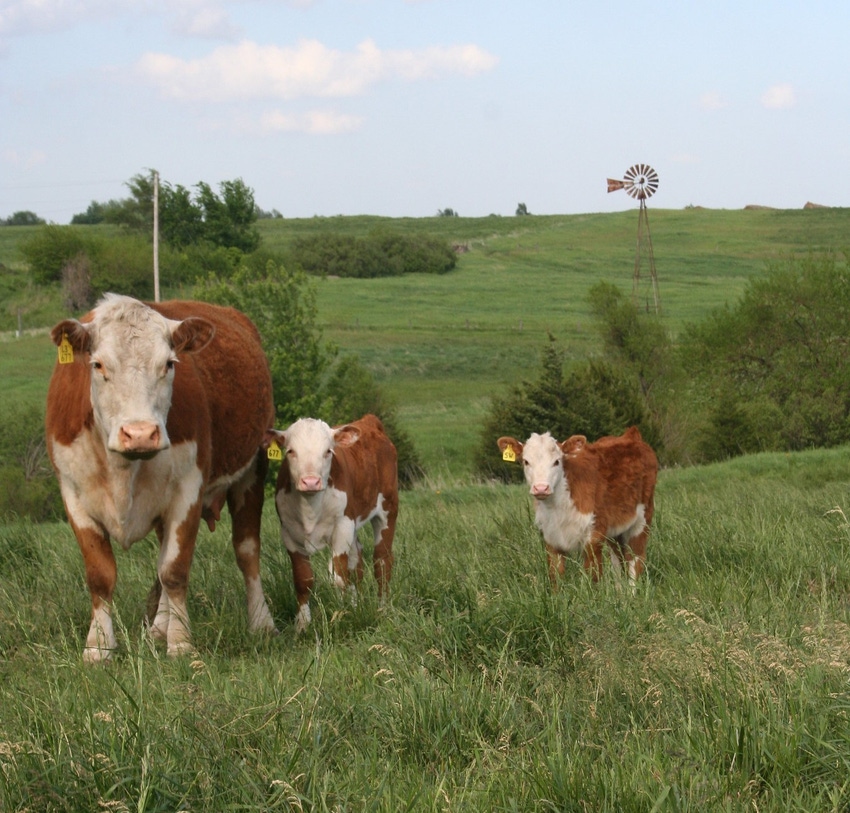Unlocking Development Possible: Bagley Risk Management Approaches
Unlocking Development Possible: Bagley Risk Management Approaches
Blog Article
Comprehending Livestock Threat Defense (LRP) Insurance: A Comprehensive Overview
Navigating the realm of animals risk defense (LRP) insurance can be a complex undertaking for many in the agricultural industry. From how LRP insurance policy operates to the numerous coverage choices available, there is much to discover in this thorough guide that can possibly shape the way animals producers approach threat monitoring in their companies.

How LRP Insurance Policy Works
Periodically, recognizing the mechanics of Animals Danger Defense (LRP) insurance policy can be complicated, but breaking down exactly how it works can provide quality for farmers and herdsmans. LRP insurance coverage is a danger monitoring device designed to safeguard livestock manufacturers versus unforeseen rate decreases. It's vital to keep in mind that LRP insurance coverage is not a revenue assurance; rather, it concentrates solely on price danger protection.
Eligibility and Insurance Coverage Options

When it comes to coverage choices, LRP insurance uses manufacturers the versatility to choose the protection degree, insurance coverage period, and endorsements that ideal match their threat management requirements. Insurance coverage levels typically range from 70% to 100% of the expected ending worth of the insured animals. Manufacturers can likewise pick coverage periods that straighten with their production cycle, whether they are insuring feeder cattle, fed cattle, swine, or lamb. Recommendations such as rate risk protection can additionally tailor coverage to safeguard against damaging market fluctuations. By understanding the eligibility criteria and coverage alternatives available, livestock producers can make enlightened decisions to manage risk efficiently.
Advantages And Disadvantages of LRP Insurance Policy
When reviewing Animals Danger Security (LRP) insurance coverage, it is necessary for livestock producers to weigh the advantages and negative aspects inherent in this threat administration tool.

One of the primary benefits of LRP insurance policy is its capacity to give security versus a decrease in livestock prices. Furthermore, LRP insurance coverage uses a degree of flexibility, allowing producers to customize protection levels and policy durations to suit their specific needs.
One constraint of LRP insurance coverage is that it does not secure against all types of risks, such as condition break outs or natural disasters. It is critical for producers to thoroughly evaluate their individual threat exposure and economic circumstance to determine if LRP insurance policy is the ideal danger administration device for their operation.
Understanding LRP Insurance Policy Premiums

Tips for Optimizing LRP Benefits
Making the most of the advantages of Animals Risk Security (LRP) insurance policy requires calculated preparation and positive threat monitoring - Bagley Risk Management. To take advantage of your LRP protection, take into consideration the following suggestions:
Consistently Examine Market Problems: Stay informed regarding market fads and price fluctuations in the animals market. By monitoring these factors, you can make informed decisions regarding when to buy LRP protection to shield against prospective losses.
Set Realistic Coverage Degrees: When picking protection levels, consider your production expenses, market worth of animals, and possible threats - Bagley Risk Management. Setting reasonable coverage degrees ensures that you are appropriately protected without overpaying for unnecessary insurance policy
Diversify Your Coverage: Rather than counting exclusively on LRP insurance coverage, think about diversifying your risk monitoring approaches. Combining LRP with other threat administration tools such as futures contracts or options can give thorough insurance coverage against market uncertainties.
Testimonial and Change Protection Consistently: As market problems change, periodically evaluate your LRP insurance coverage to ensure it straightens with your current risk direct exposure. Adjusting protection levels and timing of acquisitions can help maximize your threat security strategy. By adhering to these pointers, you can maximize the advantages of LRP insurance policy and safeguard your animals procedure against unexpected risks.
Verdict
Finally, animals risk security (LRP) insurance policy is an important tool for farmers to handle the economic risks linked with their livestock procedures. By understanding exactly how LRP functions, qualification and coverage choices, in addition to the advantages and disadvantages of this insurance coverage, farmers can make enlightened choices to safeguard their incomes. By thoroughly taking into consideration LRP costs and implementing methods to take full advantage of benefits, farmers can alleviate possible visit this site losses and click over here now ensure the sustainability of their operations.
Animals manufacturers interested in obtaining Livestock Danger Security (LRP) insurance coverage can discover a variety of qualification standards and coverage alternatives tailored to their particular livestock operations.When it comes to insurance coverage alternatives, LRP insurance offers producers the versatility to select the protection level, insurance coverage duration, and endorsements that ideal fit their risk monitoring needs.To grasp the ins and outs of Animals Danger Defense (LRP) insurance fully, recognizing the factors influencing LRP insurance premiums is essential. LRP insurance policy premiums are determined by numerous elements, including the coverage degree selected, the anticipated price of livestock at the end of the coverage duration, the type of livestock being guaranteed, and the size of the protection duration.Review and Readjust Protection Frequently: As market conditions transform, regularly examine your LRP protection to ensure it straightens with your present risk direct exposure.
Report this page